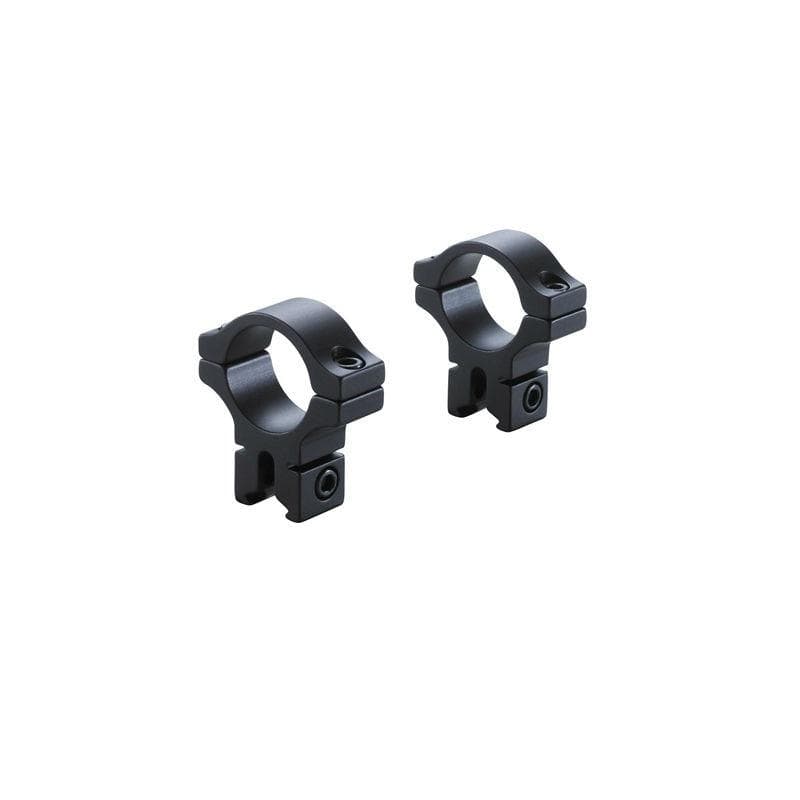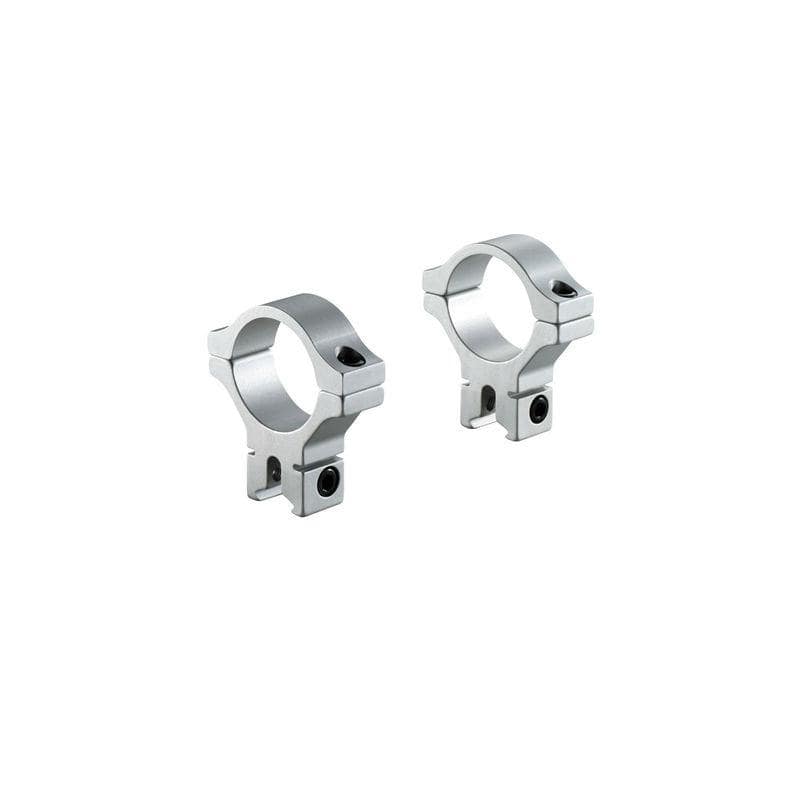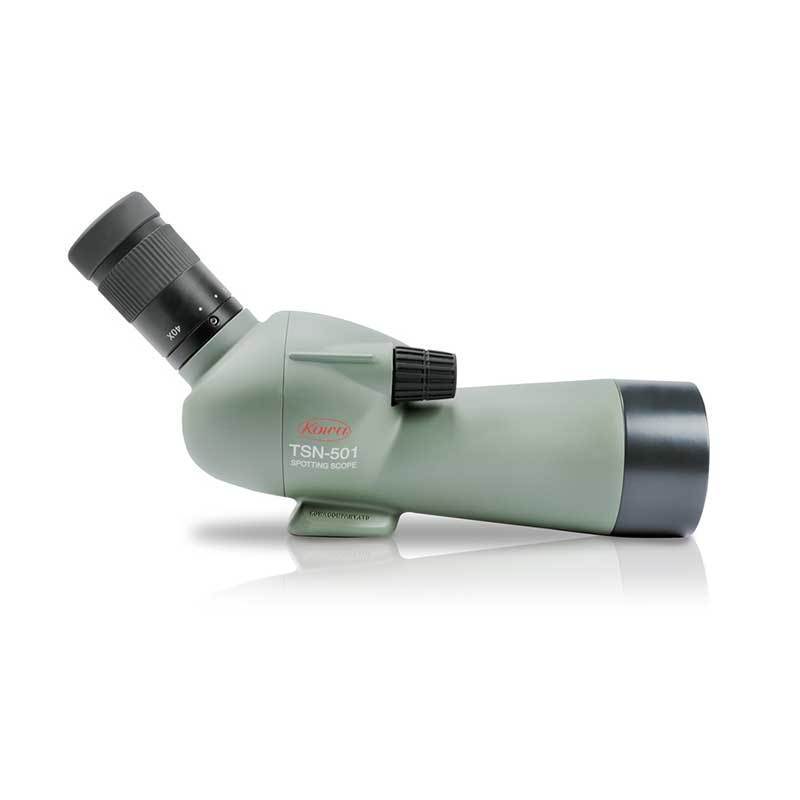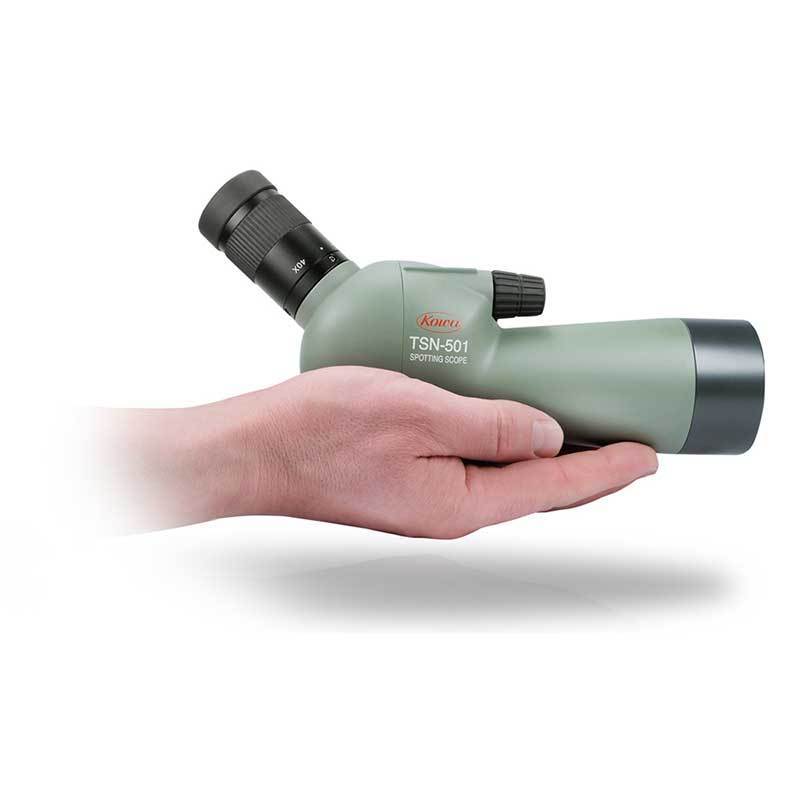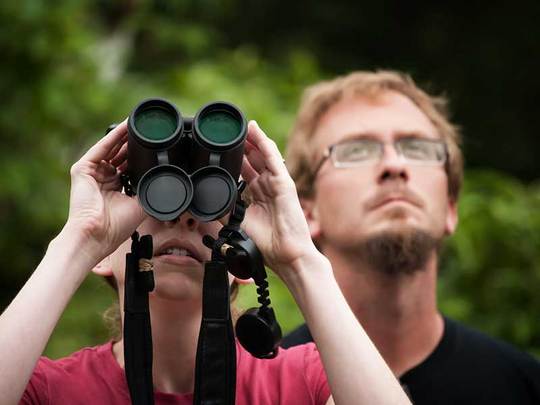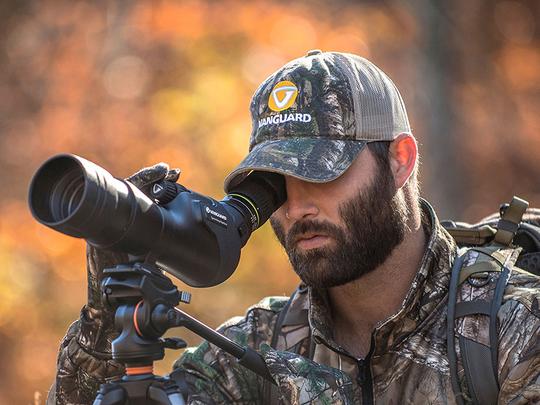Buyer's guide for bird watching binoculars
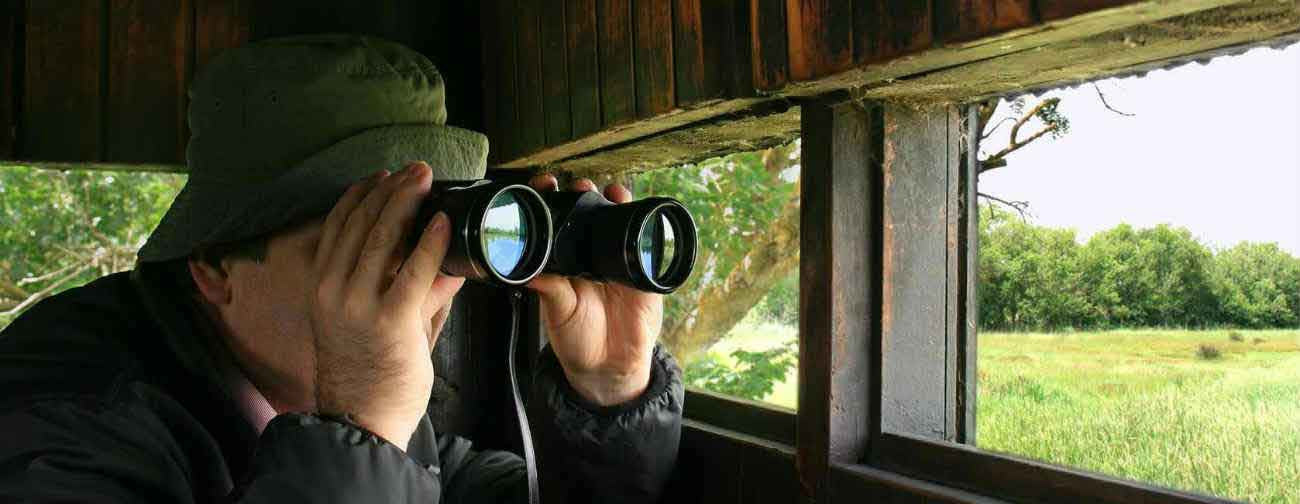
Choosing binoculars for bird watching
Binoculars are a vital piece of equipment for bird watchers, but choosing the right binoculars for bird watching can be confusing.
It's important to consider a number of factors including the magnification and lens size of birding binoculars along with their size and weight. This guide will take a closer look at the binocular features which are best suited to bird watching, giving you a clearer idea about what you need.
Need some help understanding the basics of binoculars? Read our generic information about binoculars first.
What’s the ideal magnification for bird watching binoculars?
It is a common misconception that binoculars with the highest possible magnification are the best for bird watching. In fact, the opposite of this is true, and binoculars with a magnification of just 7x, 8x or 10x are recommended for bird watching. Binoculars with a lower magnification are often favoured for bird watching for the following reasons:
- They provide a more stable and clearer image than binoculars with a higher magnification as they are less affected by slight hand movements which can blur and distort images.
- They provide a wide field of view which makes it easier to identify birds that you wish magnify and view more closely.
- They provide a brighter image with a greater depth of field.
- They provide an optimal amount of eye relief, meaning that there is a large enough distance between your eye and the eyepiece to wear spectacles if needed.
On some occasions, binoculars with a higher magnification may be favoured. If you plan to watch birds in one stationary location for a prolonged period of time; for example from a hut on a nature reserve, then using larger, higher magnification binoculars mounted on a tripod will allow you to view birds in a greater amount of detail.
What’s the best lens size for bird watching binoculars?
The ideal lens size for your binoculars will depend on how and where you plan to use them.
Binoculars with larger lenses produce bright images with a wide field of view. Unfortunately, they're also heavier than their smaller counterparts, so it's up to you to decide what feature you want more.
If you are planning to walk long distances in search of birds then you may wish to choose a pair of medium sized binoculars, such as those with a lens diameter of between 30mm-32mm.
On the other hand, if you aren’t planning on travelling too far with your binoculars, or don’t mind carrying a little more weight to have the benefit of larger binoculars, then standard sized binoculars with 42mm lenses are very popular.
Some birders who want a very small pair of binoculars to take everywhere with them, may also choose to use compact binoculars with 25mm lenses.
Below are some positives and negatives of different lens sizes for birding to help you decide which binoculars will best suit you:
Compact binoculars - 25mm - 28mm lenses
Positives:
- small and easy to carry
- great overseas travel binoculars
- small enough to have with you all the time
Negatives:
- small lenses don’t collect as much light and images are darker
- not as effective in low light situations
Medium binoculars - 30mm lenses
Positives:
- easy to carry
- good balance between portability and performance
- lenses collect a good amount of light and are better in low light situations than compact binoculars
Negatives:
- lenses do not collect as much light as 42mm lenses so need to take into account time of day you will use them.
Standard binoculars - 42mm lenses
Positives:
- large lenses result in good image resolution
- large lenses have good light capturing capabilities so images are brighter
- good for use in lower light conditions
- good option if remaining stationary to view birds
Negatives:
- More weight and larger makes them harder to carry
Conclusion
In conclusion, unless you plan on taking your binoculars in your rucksack on a world tour, then compact binoculars aren’t often recommended for bird watching. Depending on where and when you plan to use your bird watching binoculars, the best options for bird watching are binoculars with lens sizes between 30mm - 42mm.
Don’t forget to look for binoculars that are waterproof to protect them from downpours whilst you are out birding. Rubber coating is also a good option to protect them from bumps and scrapes if you accidentally drop them. As always, look for binoculars that have fully multicoated lenses to increase light transmission - find out more about optical coatings in our FAQ’s section.


